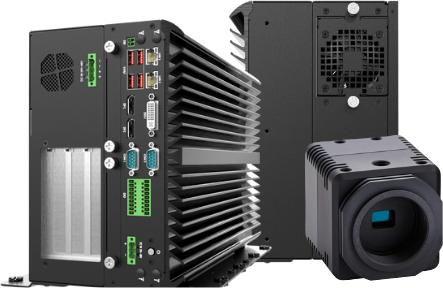Instruction Manual: Tagging Your Dataset
This manual provides step-by-step instructions on how to tag your image dataset. This process is crucial for training a model to detect the items you are interested in.
1. Accessing the Tagging Interface
- The process assumes you have already accessed the tagging interface and are ready to begin tagging your image dataset.
2. Creating Your Tags
- Locate and click the “add tag” button on the lower right quadrant of the screen.
- Enter the name of your tag in the prompt.
- Add all tag names corresponding to the items or features you are interested in detecting.
- Add as many tags as your project requires.
3. Tagging Your Images
- Select the image you want to tag.
- Select the desired tag type:
- Press the number keys 1 through 9 on your keyboard (each number corresponds to a specific tag).
- Click on the tag name displayed across the top of the image.
- Click and drag the bounding box over the object within the image.
- Ensure the bounding box tightly encloses the object.
- Tag all features or items visible within the image that correspond to your defined tags.
4. Toggling Between Tag Types
- Toggle between tag types by:
- Pressing the corresponding number key (1-9).
- Clicking on the tag name displayed at the top of the image.
- Select the appropriate tag before drawing a bounding box around the next object.
5. Reviewing Your Work
- Double-check your work to ensure accuracy and completeness after tagging all images.
6. Utilizing Shortcuts
- Right-click anywhere on the image to bring up a list of tools and a shortcut menu.
- Explore the shortcut menu for options like:
- Saving your tagging progress.
- Adding a new tag.
- Duplicating an existing tag.
- Zooming in on the image.
- Other available tools.
Summary of the Tagging Process:
- Create multiple tag types for the objects you want to detect.
- Tag your images by drawing bounding boxes around the identified objects and assigning the correct tag.
- Review your work to ensure accuracy.
- Utilize the available shortcuts to improve efficiency.
After completing the tagging process, proceed to the next step, which is to kickoff the model for training.



